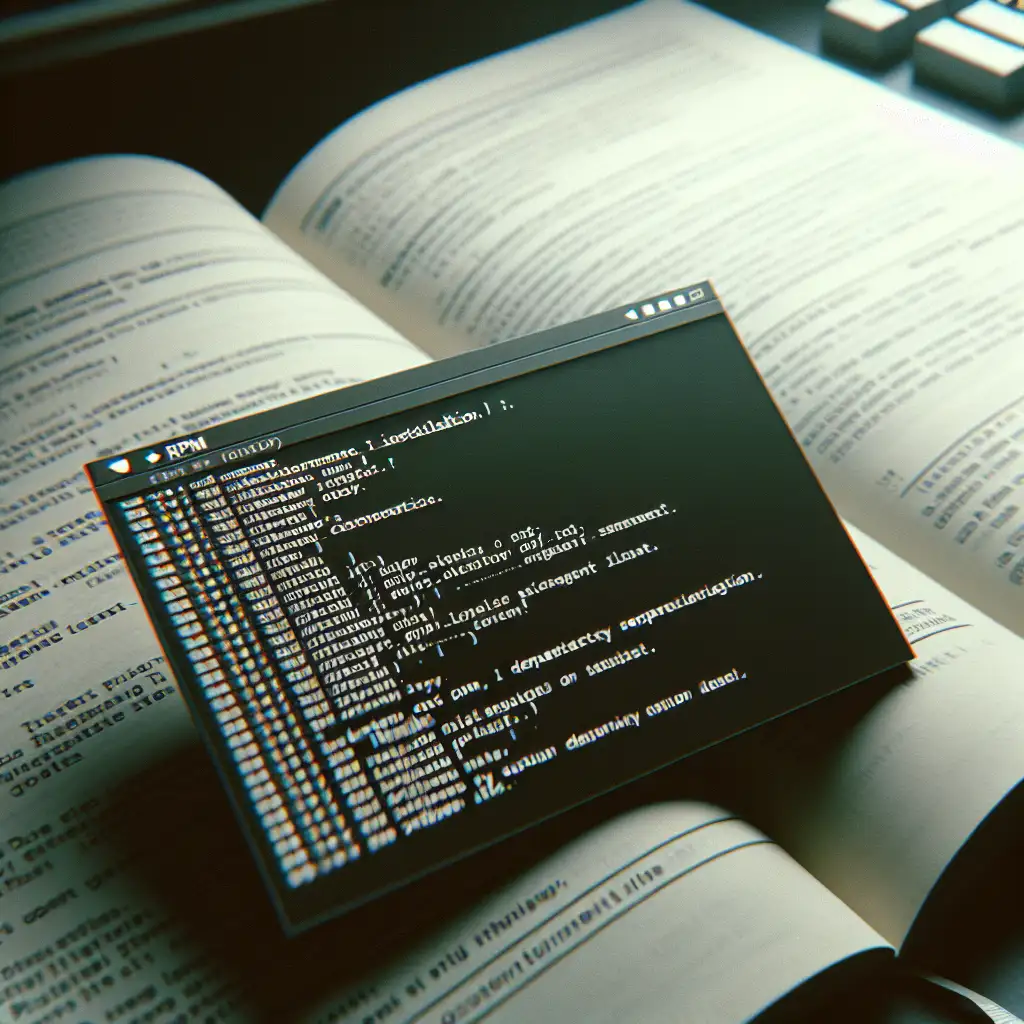Mastering RPM Installation: A Step-by-Step Guide to Seamless Package Management
If you manage Red Hat-based Linux systems, understanding how to install RPM files efficiently is crucial. It’s not just about running a simple command and hoping everything works. Proper RPM installation ensures your software deploys correctly, avoids conflicts, and protects system integrity.
Forget blindly running rpm commands — in this guide, we’ll walk through the precise methodology to install RPM packages seamlessly, tackle dependencies smartly, and harness the full power of RPM beyond basic installation.
What is an RPM File?
RPM stands for Red Hat Package Manager. It’s a powerful packaging system used by many Linux distributions like RHEL, CentOS, Fedora, and Oracle Linux. An RPM package contains compiled software along with metadata such as version number, dependency information, and configuration scripts.
Why Proper RPM Installation Matters
You might be tempted to just run:
rpm -i package-name.rpm
But this can lead to:
- Unresolved dependencies that break functionality
- Overwriting critical system files unknowingly
- Difficulty removing or updating software later
So the key is understanding how to install while managing dependencies and maintaining system stability.
Step 1: Preparing to Install
Before installing any RPM package:
- Check the package details:
rpm -qpi package-name.rpm
This command shows you important info about the package: version, release, summary, license — which helps verify you’re installing the correct software.
- Verify package contents:
rpm -qlp package-name.rpm
This lists all files installed by the RPM so you can see where things go on your system.
- Check for existing installed versions:
rpm -q package-name
If an older version exists, note that you may want to upgrade instead of fresh install to avoid file conflicts.
Step 2: Handling Dependencies Smartly
One common pitfall when installing RPMs is missing dependencies—libraries or other packages that your software needs.
Avoid using rpm alone!
The native rpm command does not resolve dependencies automatically. If a dependency is missing, you’ll get errors like:
error: Failed dependencies:
libfoo.so.1()(64bit) is needed by package-name
Step 3: Use yum or dnf for Dependency Resolution
Modern Red Hat-based systems use yum (older) or dnf (newer) as frontends that can handle dependency installation automatically.
To install a local RPM file and bring in required dependencies automatically:
On CentOS/RHEL 7 or earlier (yum):
sudo yum localinstall package-name.rpm
On Fedora/RHEL 8 and newer (dnf):
sudo dnf install ./package-name.rpm
Note: Using ./ before the filename ensures it’s treated as a local file rather than looking in repositories.
These commands do all the heavy lifting — parsing required dependencies and pulling them from configured repos if available.
Step 4: Installing with Verification
Make sure your system trusts the GPG key used to sign the RPM packages if applicable:
sudo rpm --import /etc/pki/rpm-gpg/RPM-GPG-KEY-redhat-release
Then try a clean install with verification:
sudo rpm -ivh --checksig package-name.rpm
-i: Install new package-v: Verbose output-h: Print hash marks for progress--checksig: Verifies package signature (important for security)
Step 5: Upgrading vs Installing
To upgrade an existing package (replace an old version), use:
sudo rpm -Uvh package-name.rpm
or better with dependency resolution:
sudo dnf upgrade ./package-name.rpm
This upgrades newer versions cleanly without leaving garbage files behind.
Bonus Tips for Smooth RPM Management
-
Removing packages: To uninstall cleanly,
sudo rpm -e package-name -
Rebuilding database if corrupted
sudo rpm --rebuilddb -
Extracting files without installing (for inspection):
rpm2cpio package-name.rpm | cpio -idmv
Summary
Mastering RPM installation isn’t just knowing one command — it’s about preparing properly, verifying packages, smartly handling dependencies using tools like yum or dnf, and knowing when to install versus upgrade. This methodology reduces downtime, ensures stable software deployments, and safeguards your system integrity.
Start building confidence with each install by following these steps—and never blindly run an rpm command again without understanding what lies beneath!
Happy Installing!
If you found this helpful, share it with fellow sysadmins or developers managing Red Hat-based Linux systems.
Have questions? Feel free to leave comments below!
